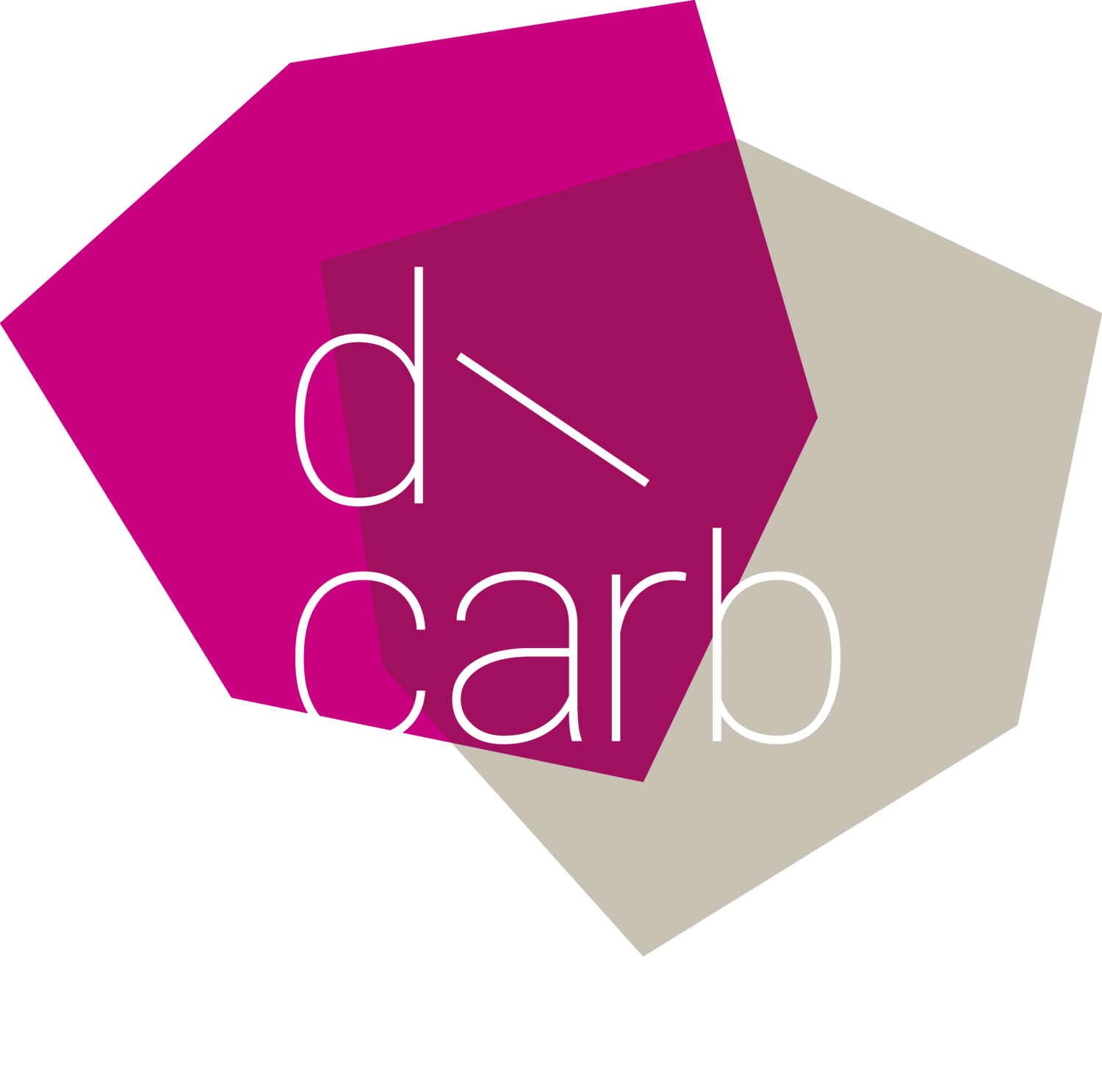Green Growth and Post-Growth: Common Grounds for Advancing the Green Economy Transformation?
Prof. Daniel Fiorino: The Green Economy: Prospect or Pipe Dream?
In his talk, Professor Fiorino draws from his most recent book “A Good Life on a Finite Earth: The Political Economy of Green Growth”. He claims that staying within planetary limits is crucial even in a growth-focused economy. He argues that there are four main strategies for a transition towards a low-carbon economy. Beyond the approaches of limiting brown growth (or degrowth), maximizing technology with maximum growth, and reconciling growth and ecology, he proposes a fourth strand: Green economy or green growth which turns the perceived zero-sum between economy and ecology into a positive-sum. This is based on the premise that there are synergies among economic, ecological, and social imperatives: Economic growth makes money available for investment into green sectors. At the same time, sustainability and social equity do not undermine the potential for economic growth but create opportunities. For instance, energy efficiency and clean energy investments provide a classical win-win opportunity increasing employment and equity while decreasing costs and climate impacts. Finally, he notes that national policy interventions that incentivize sustainable economic activities and clean energy (for instance pricing resources and externalities, eliminating and reforming subsidies, green investments) are crucial for implementing a green economy.
Beth Stratford: Moving beyond the Green Growth vs. De-Growth debate
In her talk, Beth Stratford suggests that it is time to move on from the green growth vs. de-growth debate. She presents an outline of a strategy consisting of three planks that could potentially provide common grounds for advancing the green economy transformation. First, a Green New Deal including massive investments in public transport, renewable energy, insulation, etc. Second, putting a limit on resource use and waste (not GDP!). Third, ending our growth dependence for which she offers four key strategies drawing from her recently published report “The UK’s Path to a Doughnut-Shaped Recovery”: First, empowering and protecting workers, that is balancing automation and preserving jobs by raising wages and reducing working time. Second, tackling rent extraction, that is reducing the power of land owners to extract unearned incomes. Third, reducing exposure to debt crises, for instance through shifting from debt to equity finance. Finally, safeguarding basic needs by extending the concept of universal basic services to other socio-economic services such as transport, childcare, or energy.
Three insights from the discussion with the audience
A green economy transformation in the global North could substantially penalize the global South which provides resources and labor but has been the least contributor to carbon emissions. Addressing injustices in the trading system as well as sharing resources and technology is imperative.
Both agree that fossil fuels pose a social cost and represent a huge barrier to a clean energy transition. Therefore, eliminating fossil fuel subsidies is one of the most important steps in moving toward a green economy. Instead, the population should be educated on the purpose of (progressive) carbon pricing and the value of the ecosystem as natural capital.
Both green growth and de-growth advocates have the same vision of an economy that is socially just and operates within our ecological limits. For that, advocates from both sides need to join forces to implement a technological change, overcome vested interests from the fossil fuel industry and end our growth dependency.

